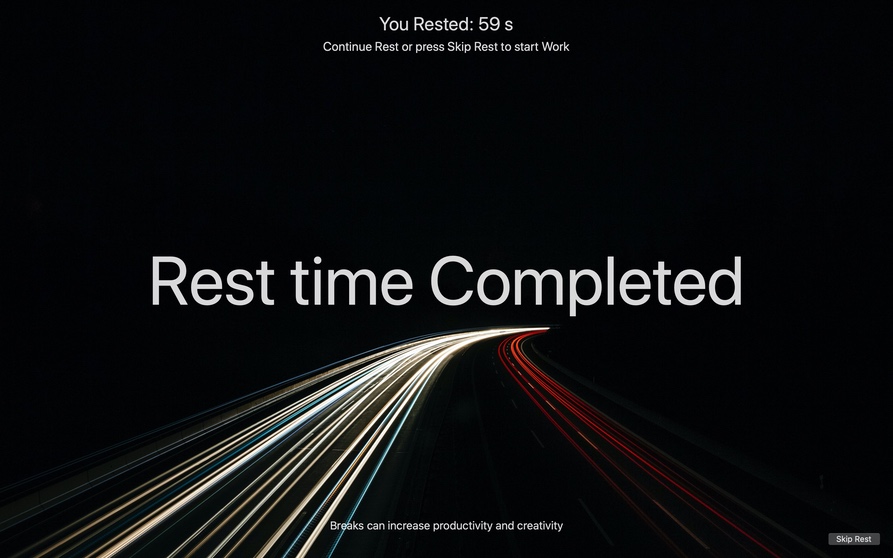

Your screen should be directly in front of you, rather than off to the side, and the top of your screen should be in line with your eyes. Position your screen just below eye level.However, lots of us are using makeshift screens that may be bigger or smaller than we would normally use, so you should adjust to what is comfortable based on your screen size. Generally, the optimum distance from your eyes to your screen is between 20 and 40 inches. Make sure not to sit too far away from, or too close to your screen.In dark, dimly-lit spaces, staring at a bright screen can put extra strain on your eyes.


Unfortunately, this can just exacerbate the problem of dry eyes, so employ the 20-20-20 rule to allow your tears to do their job and give your eyes the rest they need. When you are in your home environment and decide to take a break, it's easy to choose to put on the TV, or flick through your phone and browse social media. This means that to prevent your eyes from drying out, every 20 minutes you should take a break from looking at your screen and look at something around 20 feet away, for at least 20 seconds. To combat this, we would recommend you employ the 20-20-20 rule. Between blinks, your eyes dry up - this forms dry patches in your eyes which can become very uncomfortable. When you stare at a computer screen you blink 2/3 less often than normal. It's important, though, to make sure you're also looking after your eyes.ĭry eyes have been a very common problem in lockdown, largely due to the increase in screen time for everyone. That, of course, is inevitable in lockdown, and screen time can be a great way to take your mind off work and the pandemic. Before you may have gone for a walk on your lunch break, sat and chatted with a colleague, now you may be spending a lot of time in front of screens. Working from home is, of course, a completely different work-life balance.


 0 kommentar(er)
0 kommentar(er)
